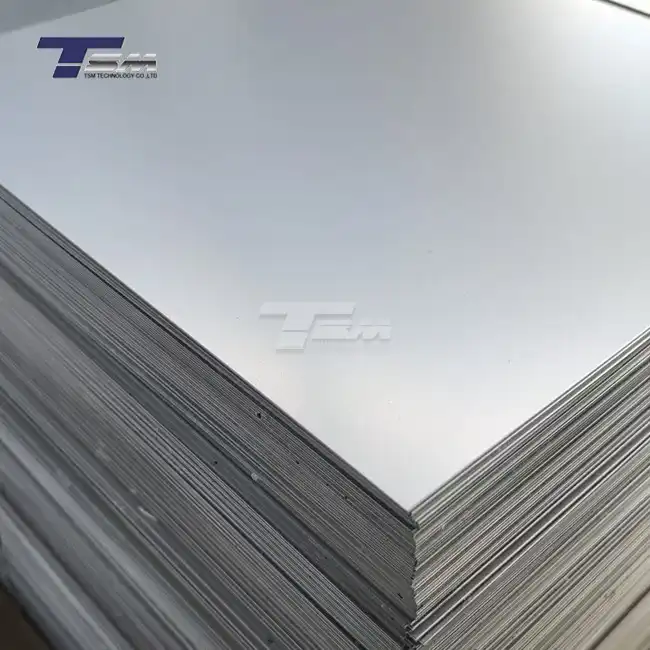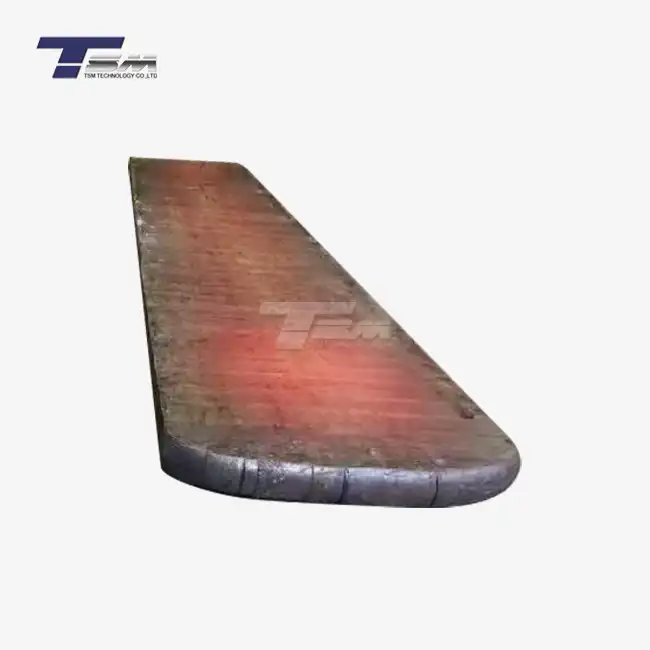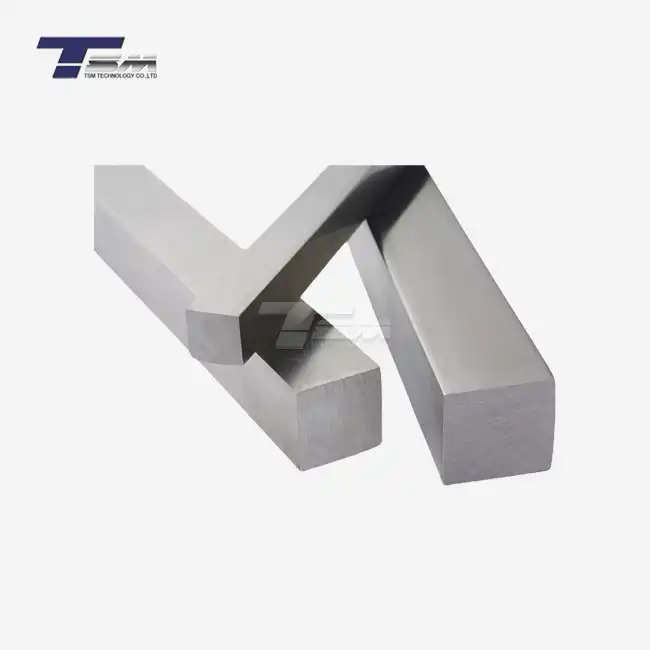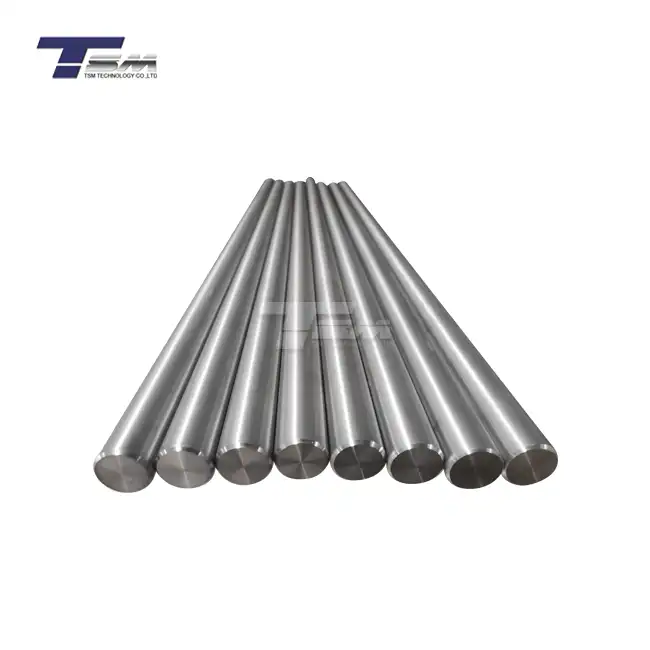- English
- French
- German
- Portuguese
- Spanish
- Russian
- Japanese
- Korean
- Arabic
- Greek
- German
- Turkish
- Italian
- Danish
- Romanian
- Indonesian
- Czech
- Afrikaans
- Swedish
- Polish
- Basque
- Catalan
- Esperanto
- Hindi
- Lao
- Albanian
- Amharic
- Armenian
- Azerbaijani
- Belarusian
- Bengali
- Bosnian
- Bulgarian
- Cebuano
- Chichewa
- Corsican
- Croatian
- Dutch
- Estonian
- Filipino
- Finnish
- Frisian
- Galician
- Georgian
- Gujarati
- Haitian
- Hausa
- Hawaiian
- Hebrew
- Hmong
- Hungarian
- Icelandic
- Igbo
- Javanese
- Kannada
- Kazakh
- Khmer
- Kurdish
- Kyrgyz
- Latin
- Latvian
- Lithuanian
- Luxembou..
- Macedonian
- Malagasy
- Malay
- Malayalam
- Maltese
- Maori
- Marathi
- Mongolian
- Burmese
- Nepali
- Norwegian
- Pashto
- Persian
- Punjabi
- Serbian
- Sesotho
- Sinhala
- Slovak
- Slovenian
- Somali
- Samoan
- Scots Gaelic
- Shona
- Sindhi
- Sundanese
- Swahili
- Tajik
- Tamil
- Telugu
- Thai
- Ukrainian
- Urdu
- Uzbek
- Vietnamese
- Welsh
- Xhosa
- Yiddish
- Yoruba
- Zulu
What ASTM standard is Monel 400 Tube?
The vast majority of commercially supplied Monel 400 tube is produced in full compliance with ASTM B165 - "Seamless Nickel-Copper Alloy (UNS N04400) Pipe and Tube." This definitive specification governs chemical composition, tensile requirements, grain size, hardness limits, hydrostatic test pressure, and dimensional tolerances for seamless Monel 400 tubing destined for services as diverse as seawater condensers, chemical processing coils, and precision hydraulic lines. Parallel standards such as ASTM B163 (boiler, condenser, and heat-exchanger tube) or ASTM B730 (welded tubing) may also be cited on purchase orders, yet ASTM B165 remains the cornerstone reference for stockist inventories worldwide. Any reputable mill will stamp "ASTM B165 UNS N04400" directly on the tube, verifying pedigree for global procurement teams.
Understanding ASTM B165 for Monel 400 Tubes
Chemical Composition: Guarding the 63Ni-31Cu Balance
Metallurgically, Monel 400 belongs to the nickel-copper family, yet ASTM B165 pins that identity down with unmistakable precision: 63 % minimum nickel (inclusive of cobalt) and 28–34 % copper. Tiny allotments of iron, manganese, silicon, sulfur, and carbon must sit within strict maxima - iron, for example, capped at 2.5 %. Such microscopic housekeeping is no trivial pursuit. A single uptick in iron can tilt phase stability, leading to micro-galvanic cells that nibble away at tube walls in warm brine. By codifying the chemistry, ASTM B165 virtually freezes the corrosion profile engineers rely on when selecting Monel tubing for desalination plants or marine scrubber loops.

Mechanical Properties: Strength Without Brittleness
Beyond composition, ASTM B165 charts tensile and yield thresholds that render Monel 400 both rugged and forgiving. Minimum tensile strength stands at 70 ksi (485 MPa) with yield not less than 28 ksi (195 MPa). The 30 % elongation requirement delivers ductility that foils stress-corrosion cracking and eases on-site bending. Picture a maintenance crew rerouting instrumentation lines on an offshore platform. Thanks to those ASTM numbers, they can cold work a Monel 400 pipe run without fear of splitting. Ultimate strength remains ample for 1,000 psi process streams, while the innate toughness preserves integrity down to -196 °C - crucial in liquefied natural-gas facilities.
Dimensional Tolerances & Nondestructive Tests
Many engineers focus on chemistry and forget the equally pivotal Annex tables dictating wall-thickness variations, outside-diameter drift, and ovality. ASTM B165 allows ±10 % on wall for standard sizes, tightening to ±7.5 % for smaller-bore tubing. Eddy-current or ultrasonic scans probe every meter of tube, exposing pinholes invisible to hydrostatic tests. When TSM Technology's QC team signs off on a batch, they overlay proprietary digital calipers and multi-frequency eddy-current graphs onto the ASTM audit sheet, guaranteeing every Monel 400 tube nestles perfectly into heat-exchanger tube sheets with zero weep paths.
Comparing ASTM B165 to Other Relevant Monel 400 Specifications
ASTM B163 & B730: Contextual Differences
While B165 reigns over seamless general-service tubing, ASTM B163 sharpens its focus on condenser and heat-exchanger applications, insisting on expanded ends and tighter hardness controls to survive relentless thermal cycling. Conversely, ASTM B730 governs welded Monel 400 pipe; it acknowledges the presence of a longitudinal weld seam and calls for radiographic inspection plus post-weld heat treatment. Procurement officers juggling scope variations often draft dual certification - "B165/B163" - on a single mill certificate, ensuring versatility for both feed-water heaters and instrument impulse lines.
ASME Boiler Codes & Pressure Vessel Harmony
Plant designers in nuclear or petrochemical sectors seldom quote ASTM alone. The ASME Boiler and Pressure Vessel Code, Section II, Part D assimilates B165 material, assigning allowable stresses across temperature gradients. For Monel 400, the code authors list 18.1 ksi at 100 °C, tapering methodically with rising temperature. Harmonization eliminates conflicting directives: an ASTM-grade Monel 400 pipe that carries a Section VIII stamp legally transports ammonia under 16 bar without further debate.
International Equivalents: EN 2.4360 & DIN 17773
Global supply chains rarely stop at ASTM borders. European specifiers lean on EN 2.4360 while German legacy contracts still invoke DIN 17773. Chemical bands align so closely with ASTM B165 that cross-certification normally flows smoothly. Yet subtle deviations in cold-finished hardness limits or grain-size ranges can create friction if not highlighted early. TSM's multilingual sales engineers pre-empt these hiccups, mapping every clause line-by-line so your Monel tubing shipment slides effortlessly through customs in Rotterdam or Busan.
Why ASTM-Grade Monel 400 Tubing Matters in Critical Applications?
Corrosion Mechanics & Seawater Service
Nickel-copper alloys owe their fame to galvanic neutrality against fresh or saline water. Monel 400 cultivates a resilient copper-nickel oxide film, shrugging off pitting agents like chlorides and hypochlorites. ASTM B165's sulfur limit of 0.024 % plays a silent yet decisive role. Excess sulfur spawns manganese sulfide inclusions - incubators for pit initiation. By enforcing that minuscule number, the standard preserves the long-term reliability of seawater lift-pipes, reverse-osmosis headers, and ballast-water monitoring lines. Ship owners can expect decades of service without costly cladding or cathodic protection.
Cryogenic to Elevated Temperature Performance
From LNG liquefaction at -162 °C to steam-stripping towers near 480 °C, Monel 400 maintains mechanical coherence. ASTM-bound impact tests typically exhibit Charpy V-notch values surpassing 200 J at -100 °C - an astonishing feat compared with many stainless steels that embrittle in the same domain. At the opposite extreme, nickel's face-centered cubic lattice resists sigma-phase formation, permitting continuous service where other alloys suffer grain-boundary havoc. These multi-temperature virtues position Monel 400 pipe manifolds as a one-stop answer for process units toggling between chilling and boiling regimes.
Practical Tips for Procurement & Quality Control
Quiet-STaR thinking revolves around "Solitude, Target, Review" - an internal checklist before signing a purchase order:
- Solitude: Momentarily unplug from the email avalanche; scrutinize whether the drawing truly needs Monel 400 or if a duplex stainless variant suffices.
- Target: Pinpoint the exact clause - B165 section 13 - for hydrostatic proof pressure. Confirm the pressure rating aligns with the plant design.
- Review: Request dual NACE MR0175 and ASTM B165 certification when sour-gas contact is plausible.
TSM Technology enhances this diligence with real-time spectrometry, multi-angle boroscope inspection, and bar-coding that ties each tube to a heat-number genealogy tree. Clients access the entire data pack through a cloud portal, achieving cradle-to-grave traceability without rummaging through paper folders.
Conclusion
ASTM B165 provides the authoritative backbone for Monel 400 tubing used in marine, petrochemical, and cryogenic systems. Its meticulous controls on chemistry, tensile attributes, dimensional precision, and nondestructive testing safeguard end-users against premature failure while streamlining regulatory compliance across continents. Coupled with related standards - B163, B730, ASME codes, and European equivalents - the specification ecosystem ensures every Monel 400 pipe lot delivered by TSM Technology upholds a legacy of corrosion resistance and mechanical resilience.
Contact Us
For more information about Monel 400 tube and other superior alloy products, please contact TSM Technology Co., Ltd. at info@tsm-technology.com. Our team of experts is ready to assist you in finding the ideal solution for your specific application needs.
References
ASTM International. B165-23: Seamless Nickel-Copper Alloy (UNS N04400) Pipe and Tube.
Davis, J.R., ed. Nickel, Cobalt, and Their Alloys. ASM International Metallurgy Handbook.
ASME Boiler and Pressure Vessel Code, Section II, Part D: Materials.
Scharf, C. "Corrosion Behavior of Nickel-Copper Alloys in Seawater." Journal of Materials Performance.
International Nickel Study Group. Nickel & Marine Environments Technical Bulletin.
DIN Standards Committee. DIN 17773: Nickel-Copper Alloy Tubes for Heat Exchangers.
Learn about our latest products and discounts through SMS or email



